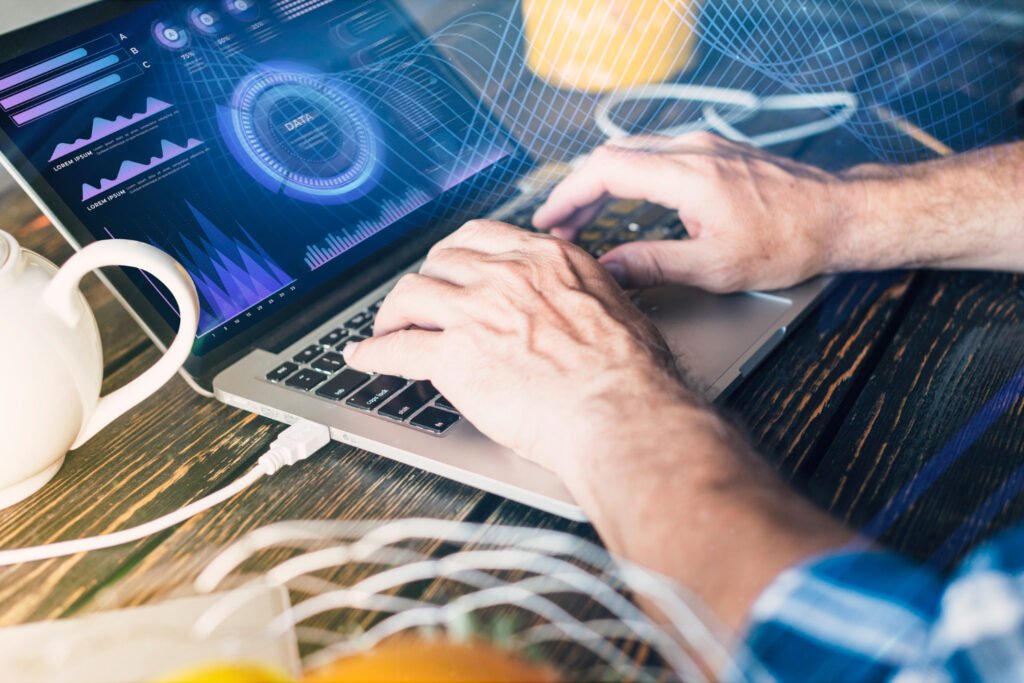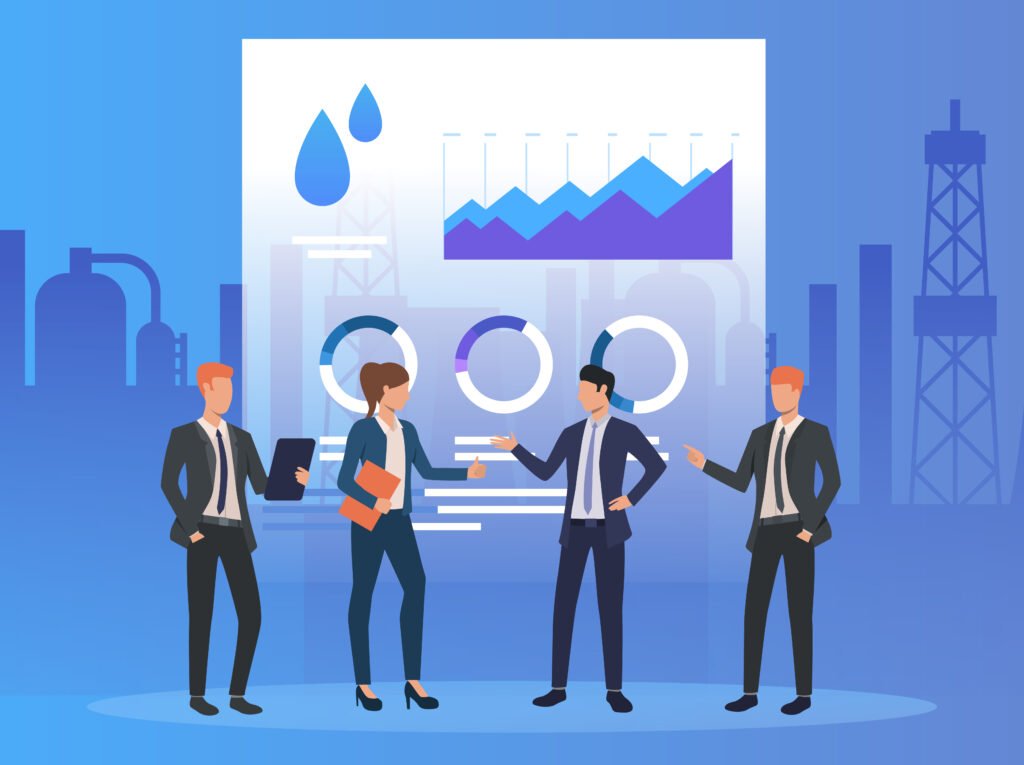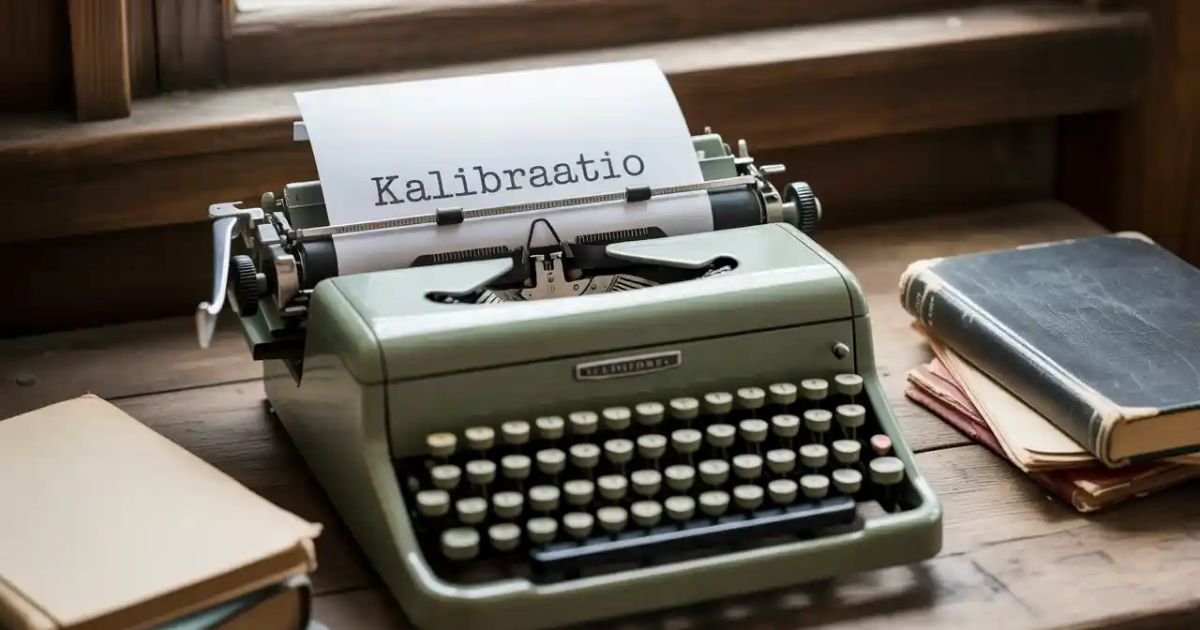In today’s fast-paced industrial world, kalibraatio plays a vital role in keeping operations accurate, safe, and efficient. This essential calibration process ensures that every reading from an instrument matches internationally traceable standards, protecting both quality and safety. Over time, tools naturally drift from their original accuracy, leading to costly errors and even safety risks.
By performing regular instrument calibration, businesses maintain measurement reliability and comply with strict industry regulations like ISO and NIST requirements. Whether it’s in laboratories, manufacturing plants, or aerospace systems, kalibraatio is the backbone of precision. Without it, even the most advanced technology can produce unreliable results that affect productivity, trust, and compliance.
What is Kalibraatio and Why It Matters
Kalibraatio means checking and adjusting instruments to match a recognized measurement. It ensures the numbers a device shows are true and reliable. Imagine a hospital using an uncalibrated thermometer — wrong readings could lead to wrong treatment. In factories, even a small measurement error can cause production waste.
The importance of calibration in industry is massive. It affects safety, quality, and profits. Devices naturally drift from accuracy over time due to wear, temperature changes, or heavy use. Through equipment adjustment and validation, calibration techniques keep instruments aligned with calibration standards like ISO calibration requirements. This is not just best practice — in the USA, it’s often a legal requirement.
The Role of Kalibraatio in Accuracy, Safety, and Compliance
Every calibration process starts with the need for measurement reliability. In aviation, a misread pressure gauge can endanger lives. In pharmaceuticals, wrong weight measurements can ruin entire batches. Why calibration is important for safety becomes clear when we look at how precision impacts human life.

Compliance is another reason. U.S. industries follow strict ISO calibration requirements and quality control calibration systems linked to traceable standards. Regulatory bodies like the FDA require documented proof of calibration certificate for critical devices. Without proof, companies risk fines or shutdowns.
Key Components of the Kalibraatio Process
A proper calibration process involves several core elements. First, a reference tool is used that meets traceable standards. This standard is often verified by the National Institute of Standards and Technology (NIST) in the USA. Second, the environment matters — humidity, temperature, and vibration can affect measurement accuracy.
The last step is documentation. A calibration certificate proves the device was tested and adjusted within calibration tolerance. This record is vital for audits, predictive maintenance calibration, and legal compliance. Without accurate records, an organization’s calibration techniques lose credibility.
Step-by-Step Guide to Performing Kalibraatio
A step-by-step calibration guide begins with preparation. This means setting stable environmental conditions and gathering calibration tools. The device is then compared to a reference standard. If there is a difference beyond calibration tolerance, equipment adjustment is done.
After recalibration, results are logged in a calibration certificate. For example, in mechanical calibration process explained, torque wrenches are tested against a reference tool, adjusted, and then verified again. The same logic applies to chemical and thermal calibration examples like pH meters or ovens.
| Step | Action | Purpose |
| 1 | Preparation | Prevents environmental influence |
| 2 | Reference selection | Ensures measurement reliability |
| 3 | Comparison | Detects measurement error |
| 4 | Adjustment | Restores device accuracy |
| 5 | Documentation | Provides traceable standards proof |
Types of Kalibraatio and Their Applications
Different industries use different types of calibration methods. Electrical calibration ensures voltmeters, oscilloscopes, and signal analyzers provide accurate readings. Mechanical calibration process explained includes testing scales, micrometers, and torque tools.
Chemical and thermal calibration examples involve devices like pH meters, freezers, and ovens. Optical calibration for light measuring devices includes spectrometers and lux meters. Each type protects measurement reliability and supports quality control calibration in its own way.
Digital Transformation: Smart Tools and AI in Kalibraatio
Technology is reshaping how to calibrate instruments. IoT-based calibration systems connect devices to networks that track their own performance and send alerts when recalibration is needed. This automation reduces downtime.

AI in calibration process predicts when a tool will drift out of accuracy. Paired with cloud calibration data logging, companies store all calibration certificates securely online. This makes calibration vs adjustment vs verification tracking easier for global operations.
When and How Often Kalibraatio Should Be Performed
When to perform calibration depends on the device, industry, and risk involved. Medical devices often need recalibration every 6–12 months. Heavy-use industrial tools might require it more often.
Some companies use predictive maintenance calibration to decide timing. This method schedules checks based on device history and environmental conditions. It ensures maximum measurement accuracy while saving costs.
Common Tools and Instruments That Require Kalibraatio
Common tools that need calibration range from hospital ECG machines to construction laser levels. In laboratory calibration, pipettes and spectrophotometers must be precise. In industrial calibration, pressure gauges and flow meters are key.
Even in daily life, home calibration tools like weighing scales or speedometers need occasional equipment adjustment. Without proper care, measurement error increases and trust in the device fades.
Challenges and Misconceptions in Kalibraatio
Challenges in modern calibration include high costs of calibration tools and lack of trained staff. Many believe calibration always means adjustment — but calibration vs adjustment vs verification are different.

Environmental issues like heat or moisture can also cause measurement error. Ignoring these factors leads to false readings, even if a device passed its last calibration process.
Benefits of Regular and Accurate Kalibraatio
The benefits of regular calibration checks are wide-reaching. They improve measurement reliability, prevent production waste, and extend equipment life. Accurate tools also protect people and meet ISO calibration requirements.
For example, a food company using regular quality control calibration avoided a major recall because their temperature sensors stayed within calibration tolerance. That saved millions in losses and reputation damage.
Conclusion
Kalibraatio is more than a technical step — it’s a business safeguard. From how to calibrate instruments in labs to predictive maintenance calibration in factories, it secures both safety and success. By respecting the calibration process, industries build trust, protect lives, and meet the highest calibration standards in the USA.
FAQs
Q1. What is kalibraatio?
Kalibraatio is the calibration process of comparing and adjusting devices to match traceable standards for accurate results.
Q2. Why calibration is important for safety?
It prevents measurement error that could lead to accidents, faulty products, or safety hazards in critical industries.
Q3. How to calibrate instruments?
Follow a step-by-step calibration guide: prepare, compare readings with a reference, adjust if needed, and record results in a calibration certificate.
Q4. When to perform calibration?
Perform calibration at regular intervals, after repairs, or when accuracy is in doubt to maintain measurement reliability.
Q5. What are common tools that need calibration?
Common tools that need calibration include thermometers, torque wrenches, pH meters, pressure gauges, and spectrophotometers.






Leave a Reply